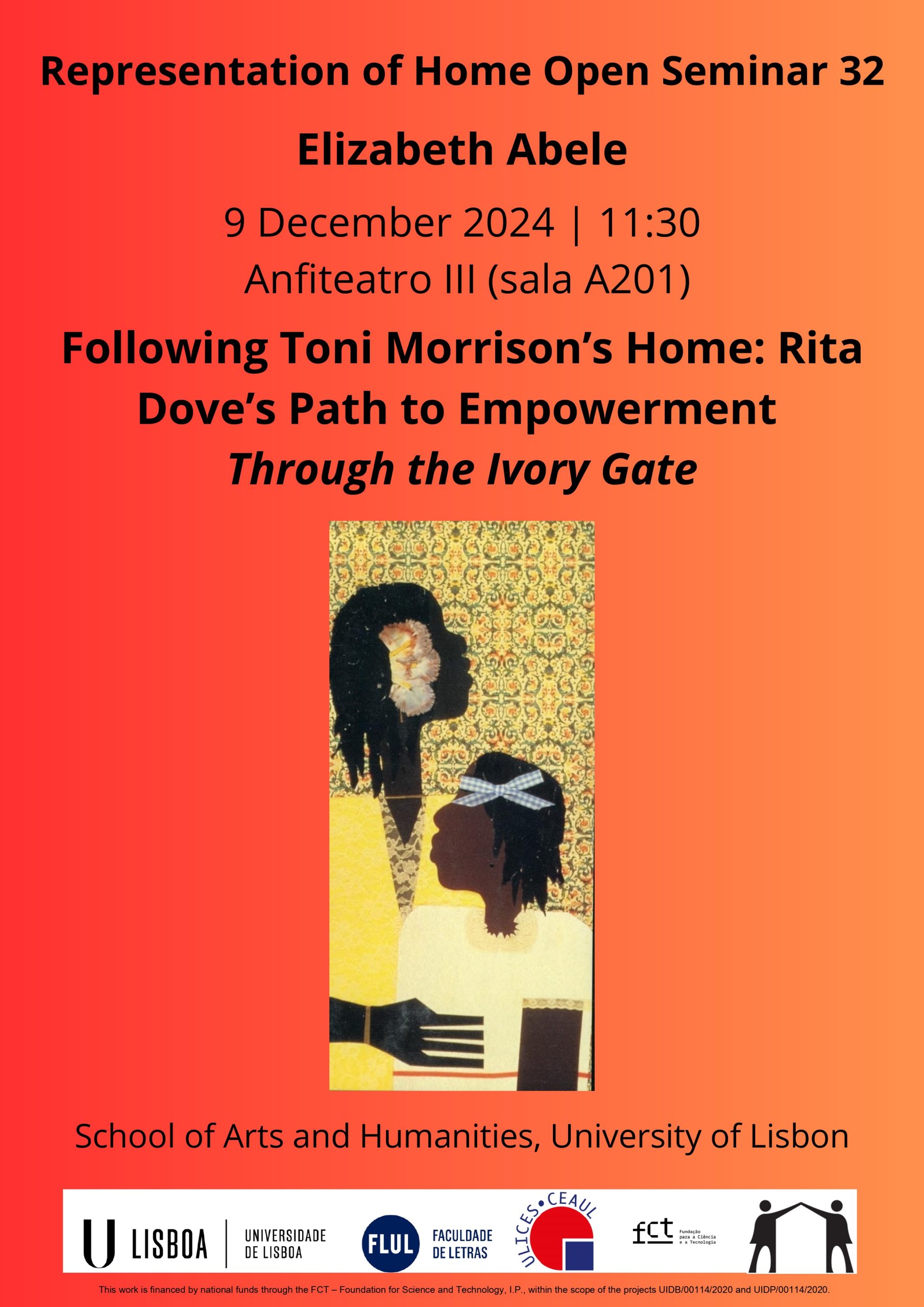

ABSTRACT: For historic and geographic reasons, Ohio is a liminal space sharing qualities with the regions that it borders. This geography attracted black citizens to Ohio as part of the Great Migration, as it offered a mixture of industrial and agricultural opportunities. Toni Morrison’s origins and early novels are firmly tied to Ohio’s landscape, offering a space to escape and process their complicated history in the South. Morrison’s parents Ramah and George Wofford followed the Great Migration north, settling in Lorain, Ohio. Morrison set The Bluest Eye (1970) in Lorain. Like Mr. and Mrs. Wofford, Rita Dove’s grandparents followed the Great Migration to Northeast Ohio – placing Dove in the generation after Morrison. Not coincidentally, Dove’s novel Through the Ivory Gate (1992) begins and ends in Akron, about 85 kilometers from Lorain. Dove deliberately links her novel to The Bluest Eye, echoing Morrison’s portrayal of the challenges and possibilities within the landscape; however, Dove’s novel portrays the wider options for her generation.
This seminar will explore how the Ohio homes of Morrison and Dove’s characters offer them potential recovery from generational trauma, while documenting Ohio’s shifting cultural backdrop during the mid-20th century.
Keywords: Family; Trauma; Midwest; African-American; Migration; Black Culture.
Bio blurb

Elizabeth Abele has taught American studies and literature in the US, Malaysia, and Kuwait. Her essays on the intersections of American culture with gender and race have appeared in Clues: A Journal of Detection, Journal of Transnational American Studies and College Literature, and in edited anthologies on the work of Ridley Scott, Anne Proulx, M. Night Shyamalan and Brad Pitt. Her most recent essays include “Come West, Young Women: Jane Smiley’s Trailing Wives” in Critique and “Performing Gender in the Bleeding Kansas Novels of Jane Smiley and James McBride” in Western American Literature.